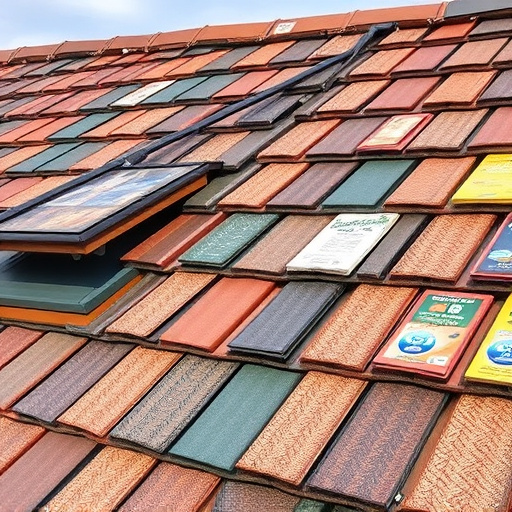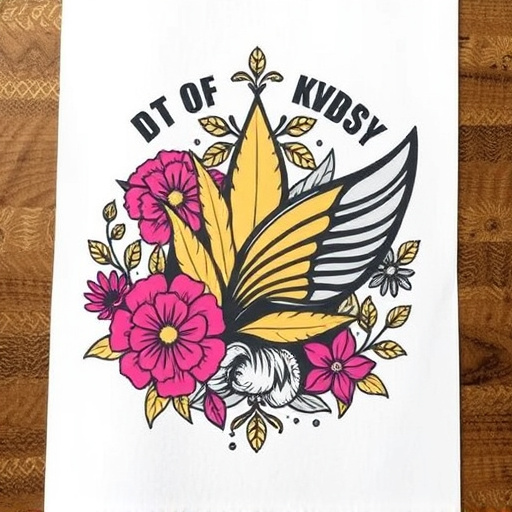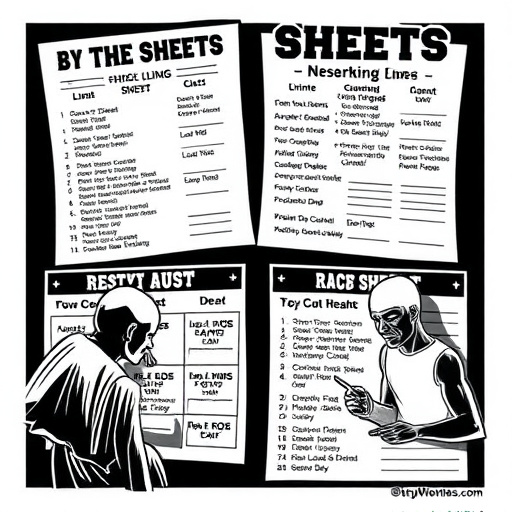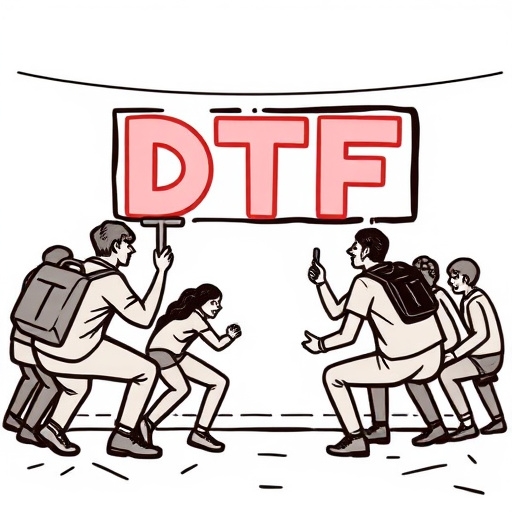Order DTF Transfers (Direct to Film) revolutionize apparel production with swift, precise printing on various fabrics, offering vibrant, durable designs, quick turnaround times, and cost savings. This technology caters to the evolving industry's needs by enabling personalized items like direct-to-film hoodies, handling complex patterns, and reducing production time without compromising quality. To maximize DTF's benefits, brands should assess fabric types, design complexity, order volumes, and color preferences, partner with reliable suppliers, prepare print-ready designs, follow printer setup guidelines, and conduct regular quality control checks.
“Unleash the power of fast, efficient printing with Order DTF Transfers for your apparel brand. This comprehensive guide offers a deep dive into the world of Direct-to-Fabric (DTF) transfers, highlighting its benefits in modern clothing production.
From understanding the technology to implementing it successfully, we’ll walk you through each step. Discover how Order DTF Transfers can revolutionize your design process, offering vibrant, high-quality prints without compromise. Elevate your brand’s image and streamline production with this innovative technique.”
- Understanding Fast DTF Transfers for Apparel: A Comprehensive Overview
- The Benefits of Using Order DTF Transfers in the Apparel Industry
- Step-by-Step Guide: Implementing and Optimizing DTF Transfers for Your Clothing Brand
Understanding Fast DTF Transfers for Apparel: A Comprehensive Overview

Fast DTF (Direct to Film) Transfers for apparel have revolutionized the way designers and manufacturers produce custom printing on clothing. Unlike traditional methods that involve complex machinery and lengthy processes, Fast DTF transfers offer a swift, precise, and cost-effective solution. These transfers are created using advanced direct-to-film printing technology, where designs are printed directly onto a thin film that can then be applied to various fabrics with ease.
By ordering DTF Transfers, businesses can achieve vibrant, durable prints on a wide range of apparel items. The process starts with designing the artwork using specialized software, which is then sent to a direct to film printer. Once printed, the dtf is carefully prepared for application—typically involving a cold peel process that ensures a smooth transfer without leaving behind any residue. This efficient and flexible printing method has become a game-changer in the apparel industry, enabling quick turnaround times, personalized designs, and cost savings.
The Benefits of Using Order DTF Transfers in the Apparel Industry
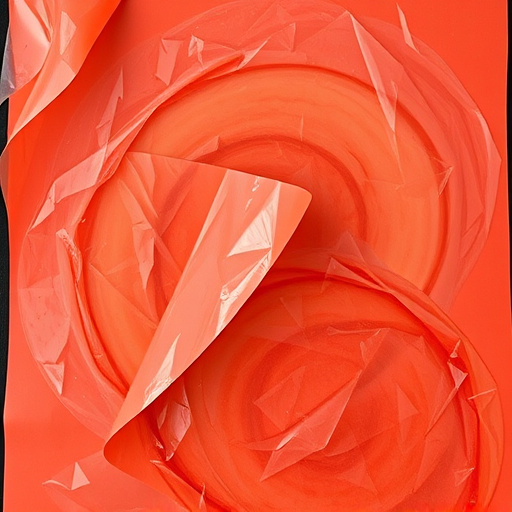
The apparel industry is constantly evolving, and staying ahead means adopting innovative production techniques. This is where Order DTF Transfers come into play as a game-changer. With this method, businesses can achieve high-quality printing on a variety of fabrics with remarkable speed and efficiency. The direct to film printer technology ensures that designs are accurately transferred directly onto the fabric, resulting in vibrant and long-lasting colors.
One of the significant advantages is its versatility; it enables brands to personalize items like direct to film personalized hoodies, enhancing customer satisfaction. DTF printing for t-shirts and other garments allows for complex and intricate patterns, catering to modern design trends. This efficient process reduces production time, making it ideal for meeting fast-paced market demands without compromising on quality.
Step-by-Step Guide: Implementing and Optimizing DTF Transfers for Your Clothing Brand
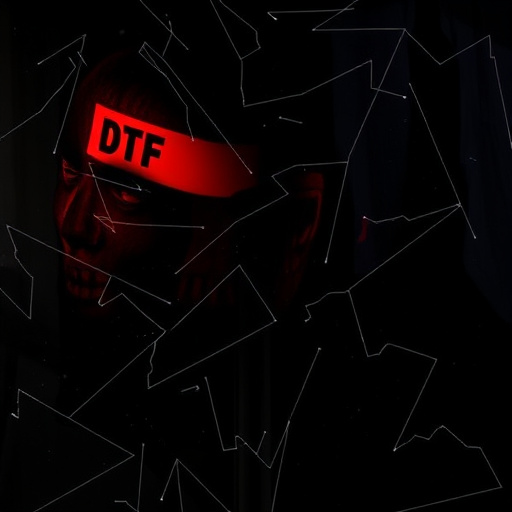
Implementing Direct to Fabric (DTF) transfers for your apparel brand can seem daunting at first, but with a step-by-step approach, it becomes a powerful tool for enhancing production efficiency and quality. Here’s how to optimize DTF transfers for your clothing line:
1. Assess Your Needs: Begin by understanding your brand’s unique requirements. Consider factors like fabric types, design complexity, order volumes, and color palette. This will guide your choice of DTF printers, inks, and materials. For instance, if you cater to a niche market with dark fabrics, explore DTF printing techniques optimized for these colors to ensure vibrant logos.
2. Order Custom DTF Transfers: Based on your assessment, partner with a reliable supplier who offers order DTF transfers tailored to your needs. They should provide high-quality materials and inks suitable for different fabrics and designs. Ensure they have experience handling orders of your size and complexity. This step is crucial for achieving consistent, professional results.
3. Prepare Your Designs: Use graphic design software to create or edit your logos or artwork, ensuring they are print-ready with the correct color profiles and resolution. For complex designs, consider using vector graphics for optimal clarity and scalability. Optimize colors specifically for DTF printing on dark fabrics if applicable.
4. Print and Apply Transfers: Follow the supplier’s guidelines for setting up your DTF printer. Load the prepared designs and print onto transfer paper, ensuring precise alignment. Once printed, carefully apply the transfer to the desired fabric using heat press or ironing techniques. Adjust temperature and pressure according to the material and ink type.
5. Quality Control: After application, inspect the transfers for any imperfections. Ensure even ink distribution, sharp lines, and accurate color representation. Regular quality control ensures that your final products maintain a high standard.
Fast DTF transfers have revolutionized apparel production, offering a swift and efficient method for customizing garments. By understanding their benefits and implementing a structured approach, clothing brands can streamline their operations, reduce lead times, and enhance customer satisfaction through unique, high-quality designs. Order DTF Transfers is not just a technology; it’s a competitive edge that empowers businesses to thrive in the dynamic fashion industry.





